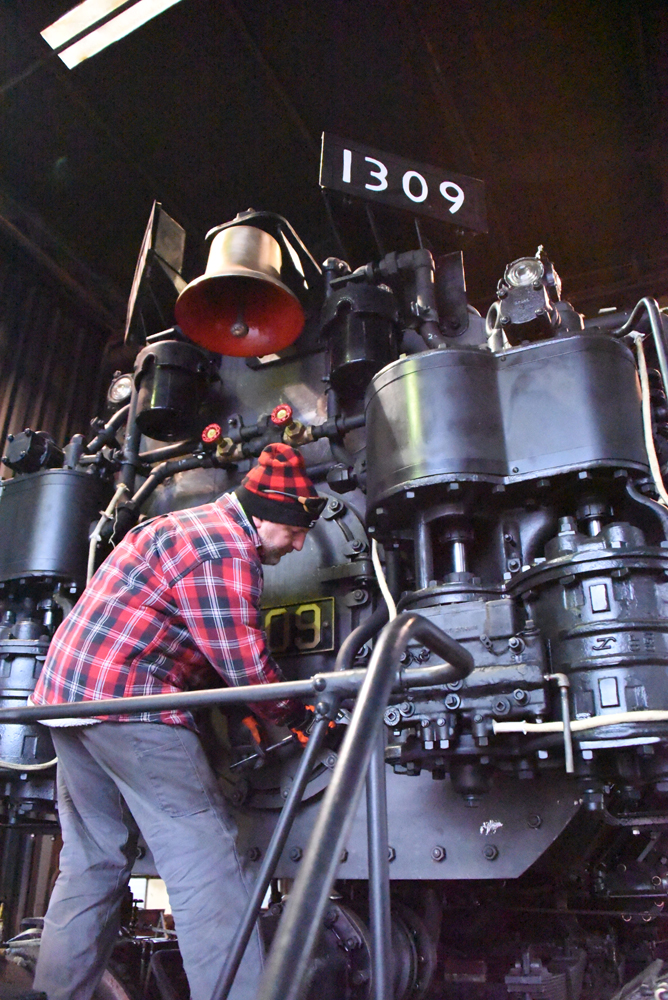
First of two parts
CUMBERLAND, Md. – It’s been about five months since New England rail preservationist Wesley Heinz took the top spot as interim chief and then permanent executive director of the Western Maryland Scenic Railroad in Cumberland.
Prior to migrating to Cumberland, Heinz was the executive director of the Maine Narrow Gauge Railroad Co. & Museum and owner of rail consultancy group New Hampshire Railroad Works. He’s been tasked with getting Chesapeake & Ohio 2-6-6-2 No. 1309’s restoration across the finish line, managing the day-to-day obligations of a tourist railroad, finding new ways to generate revenue, and building a team to maintain, operate, and position the railroad for future success. Trains News Wire recently interviewed Heinz to discuss the past four months and the railroad’s priorities going forward.
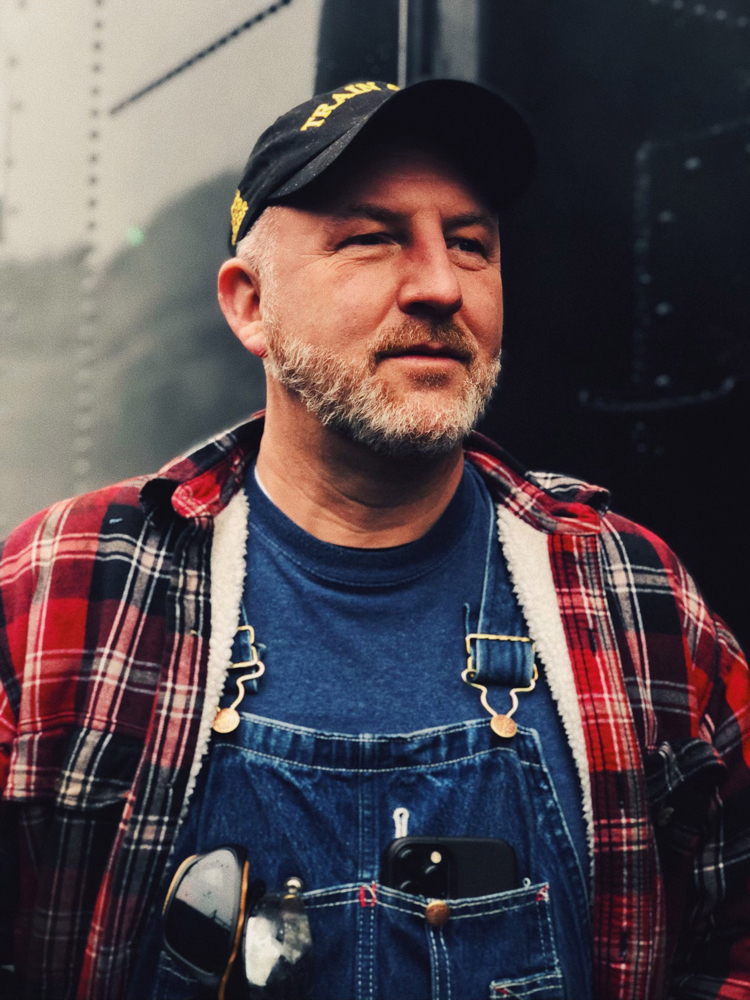
Q: Tell us how you got here. How did you get acquainted with Cumberland what was the allure?
A: I took a year-long hiatus from Maine narrow gauge and decided I was going to do contract boiler work and had been approached by Gary Bensman with Diversified Rail Services. I had never really met Gary except in passing. I came to Cumberland in May 2017 … I did not know that 1309 really existed when it first came to Cumberland.
I was here from May until August [2017] and except for a handful of names, I didn’t get to know anybody. I showed up at 7:30 in the morning, I started working on the boiler, and worked on the engine until 5:30, and did that six to seven days a week for four months. I didn’t know but just the most peripheral details of the railroad. My focus was to work for Gary, and I did that for those four months and then I went to Grapevine [Texas] from September until March [2018].
Maine Narrow Gauge asked me to come back and lead them as their executive director and I interviewed for that in March [2018] and in June, I went back to Maine to be their executive director. In the process of doing that, I kept up with 1309 and obviously wanted to see it through. As I would travel for vacations, I would stop by and put in a week here and there.
When I started in Maine, their revenue was about $680,000 to $700,000 and they were carrying around 22,000 people and that was with Polar Express — and [Monson Railroad No. 4] was about out of boiler time.
When I took over initially as Maine’s operations manager, I worked on a white paper and told [the board] they were experiencing challenges and offered solutions … When I left [Maine] this year, we were on track to be $2 million in revenue and carrying 60,000 people. Marketing, sales, and events, and that reputation is what brought me here, and I appreciate the opportunity to help [Maine Narrow Gauge Railroad Co. & Museum] and I wouldn’t be [in Cumberland] without them.
I was approached by one of the board members [in 2021] to come here to see if I could make an impact, and so I agreed, and headed down this way.
We believe Cumberland can be a beautiful tourist and vacation-driven economy. I know what Maine narrow gauge did as far as their contribution to the local economy in 2010 – their economic impact, even though [ridership] was declining … they still were adding $10 million to the local economy.
Then you come [to Cumberland] and you see what the railroad was making in revenues and it’s hard to imagine they weren’t making that kind of impact. I’m sure [the railroad] is having about a $15 million impact to the economy here.
The architecture of the community is gorgeous — you have the mountains, you have the rivers, you have all this opportunity, but it really does need a vessel to channel all that and that’s how we look at the Western Maryland Scenic. It is a tool to get you to where you want to go.
Q: It’s fair to say WMSR has had a challenged past, riddled with complex circumstances and underperforming revenues. The pandemic didn’t help. A lot has centered around the 1309 project. How did you prioritize the needs of the railroad?
A: Diesels don’t get started for a joy ride. We don’t shuffle railcars around unless they need to be. It is run like a business. When you go and start a locomotive, you need to do the switching move within a few minutes. In addition, the challenge of the past was a couple things … Back in 1988-1989, the equipment had a lot of years left on it. The steam locomotives had been removed from service for 25 to 27 years, so there was still a bit of life left in them.
It was easier in the mid-1980s to put locomotives and equipment in service. You didn’t have to turn the drivers, bore the cylinders. Now, we’re playing catch up of 20 years of maintenance. There needed to be more attention to detail. And too often in preservation, equipment is run until it drops and there isn’t a plan on how to maintain or rehabilitate [the equipment], and that’s something we’re working really hard on now.
Q: Let’s talk numbers. Consumer spending and confidence is up across the nation. What’s this mean for ridership and how is ticket-generating revenue being injected back into the business?
A: Our ridership is up. We don’t have enough staff to carry any more people. Trains are running at 100% capacity. We can really satisfy around 400 to 425 passengers per trip. That is with everyone we can muster to be available. I will say that Rail Excursion Management Co. – if those guys were not here, our trains would not be running. There isn’t enough fire power in the Allegheny County region to keep us going.
Therein lies the challenge at this point. We’re five years into my time here at the railroad. We are so successful we are struggling to staff. Early on, it was the other way around. We were struggling to find enough revenue and reason to have the staff. Now, what I really need is three to four part-timers on any given day. I have plenty for people to do and payroll to spend because we have benefited from so many passengers.
We are tracking to have the best year in five years … Passenger miles are less, but dinner trains, the ice-cream trains, gift shop sales, the food sales, and accessories that can make a revenue impact are up — even though the ridership numbers aren’t as high as they have become, especially in June or July, as people were still getting over COVID-19. So, if you can’t get 10,000 people on the train per month, you need to take the 6,500 or 7,500 riders and you need to make sure they walk away with a capital-level experience. They buy shirts, they buy food. There are other ways to accomplish the revenue portion of your program other than just throwing them in the seat for a train ri
You have to craft a message and craft your program in a way that brings them back for more. That’s what makes them buy next year’s T-shirt even though they bought three this year. And they bring the kids back for an ice-cream train they’ve already ridden twice. You have to keep re-inventing these little things so you can capitalize on increased consumer spending and confidence.
Q: It’s undeniable that tourist railroads make most of their money on filling seats, but you managed to find a way to make money with freight. Tell us how that’s going.
A: About a week after I arrived here, we were approached by the sales department at CSX … They called and they said, “Hey, we have this soybean flour producer here in Cumberland … our operation is not conducive to having transloading take place at our yard in Cumberland … but you have this scenic railroad, and you have these tracks, and we thought of you.”
My direct response was that, well, we lease Ridgeley and that space from you [at CSX]. And CSX’s response was, ‘Yes, we know, but you have the capability and the capacity to do this and it’s something we just cannot handle.’
And then they said the magic word. They said, “Wes, if they don’t get supply to produce this soy flour, if they don’t get this commodity in, they are going to lose about 15 to 18 jobs that are going to go away.” And my response to them was: When do you want to start shipping?
CSX was outstanding. We worked with a couple people that they work with in the industry to come up with an agreement, and we do it on a car-by-car basis. We get two to three cars at a time every 10 days. They are emptied by a company out of Ohio. They take the soybean hulls from our yard in Ridgely down to south of Cumberland where it’s turned into soy flour.
The net benefit of doing the freight is that it essentially wipes out the payment that we pay to CSX for the [property] lease. There’s no billing involved with CSX, so every month we get our real estate settlement statement, those freight cars offset that. And essentially, the 14 cars we’ve hauled made enough revenue to pay CSX our monthly bill for the rest of the year.
Part two of the interview with Wesley Heinz, on addressing long-term track infrastructure needs, developing a new workforce of preservationists, and the latest details on 1309’s final push to operation, will appear on Wednesday.






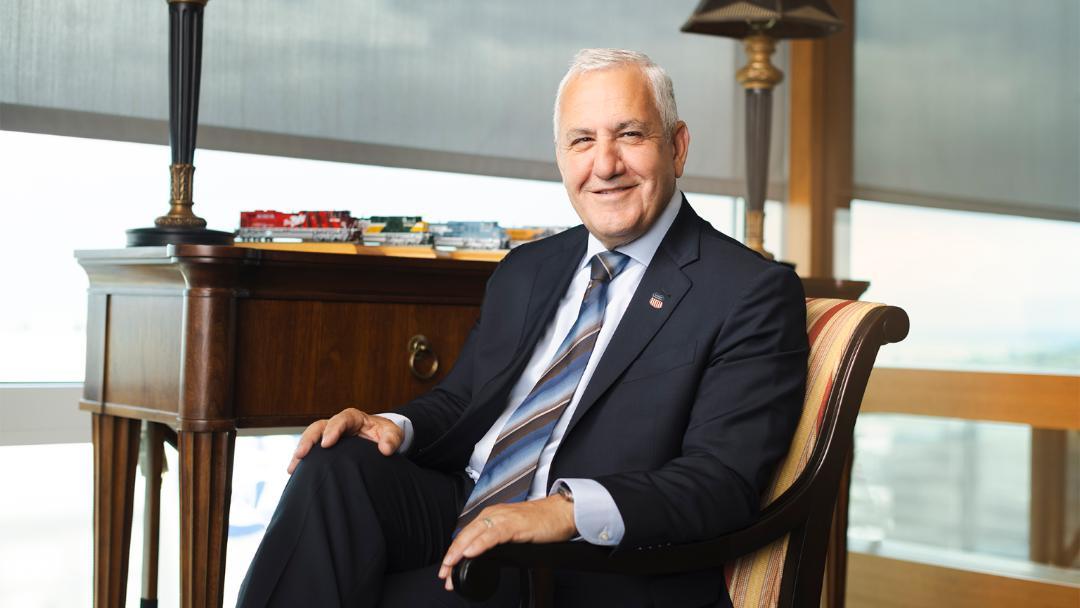
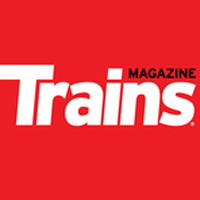
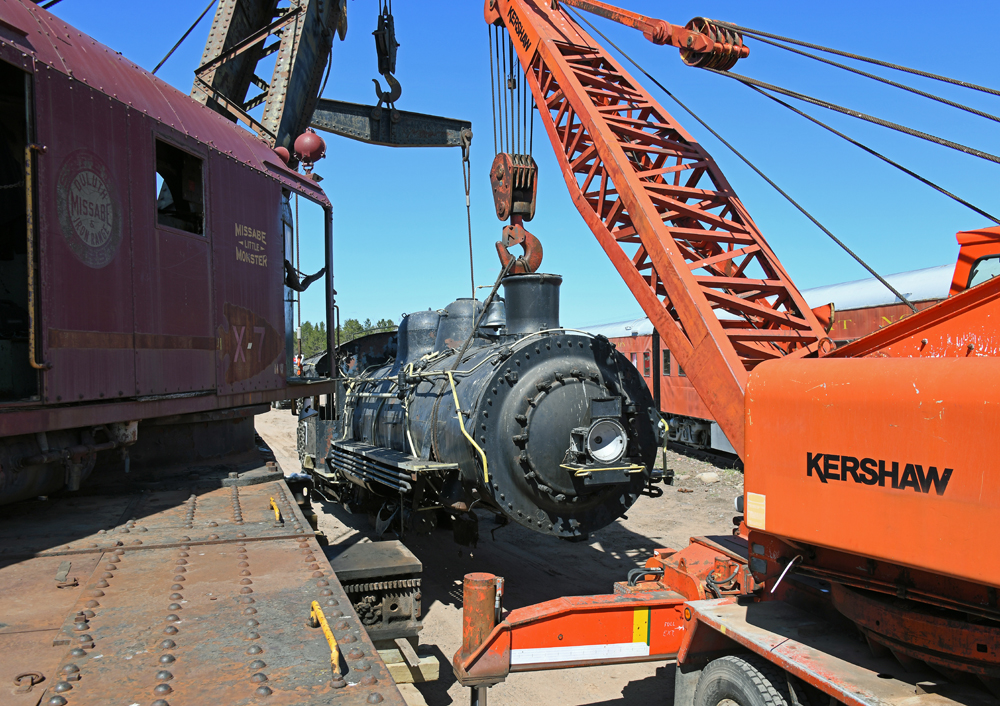
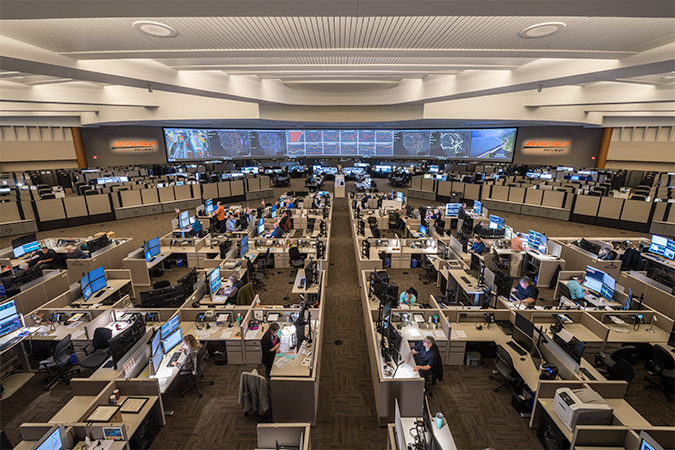




I agree with the other comments. If my health is good enough, I’m hoping to make a visit next summer to ride behind 1309, and combine maybe with a visit to EBT.
We need more like him
Wes is a breath of fresh air and high energy with great enthusiasm and ideas. Instantly likable.